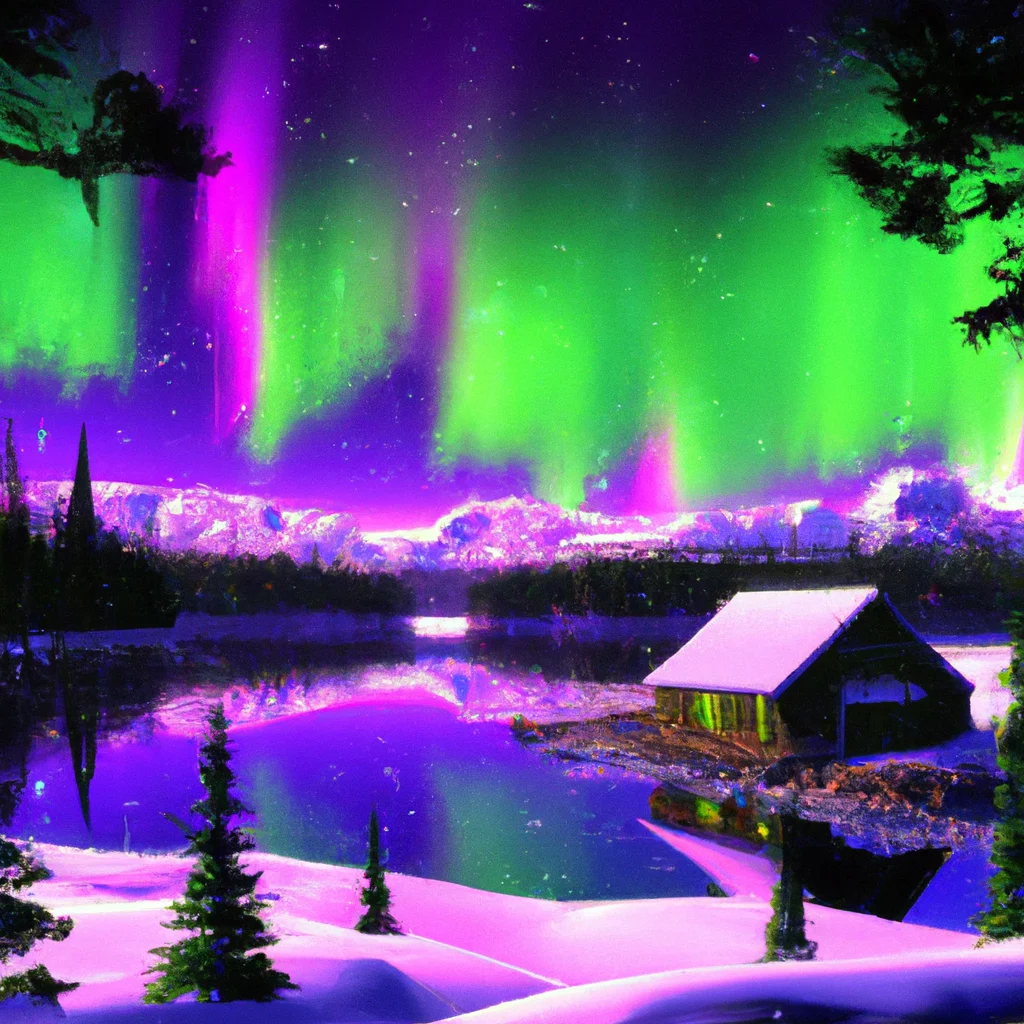Understanding the Northern Lights Phenomenon
The Northern Lights, also known as Aurora Borealis, are a natural light display predominantly seen in high-latitude regions around the Arctic and Antarctic. This phenomenon occurs when charged particles from the sun collide with atoms in the Earth’s atmosphere, creating stunning visuals of green, red, and purple hues. To photograph this extraordinary event effectively, one must understand the science behind it, as well as the optimal conditions for visibility.
Ideal Conditions for Photographing the Northern Lights
To achieve the best results in your Northern Lights photography, consider the following factors:
1. Time of Year
The best time to view the Northern Lights in Canada is during the winter months, particularly from late September to early April. This is when the nights are longest and darkest, providing optimal opportunities for viewing and photographing the lights.
2. Weather Conditions
Clear skies are essential for photographing the Northern Lights. Cloud cover can obstruct the view, so checking the weather forecast beforehand is crucial. Cold, dry nights typically offer the clearest skies.
3. Light Pollution
Minimizing light pollution is vital for capturing the intensity of the auroras. Locations far from city lights provide the best settings for stunning images. We recommend finding remote areas where artificial lighting is minimal.
Best Locations in Canada for Northern Lights Photography
Canada is home to some of the best spots for photographing the Northern Lights. Here are several locations known for their breathtaking views:
1. Yellowknife, Northwest Territories
Yellowknife is renowned for its clear skies and consistent aurora activity. This city is situated directly under the Auroral Oval, making it one of the most reliable locations to witness the Northern Lights. The surrounding wilderness offers numerous vantage points for photographers.
2. Whitehorse, Yukon
Whitehorse provides an excellent backdrop for aurora photography. The city’s location allows for quick access to dark areas. The nearby Kluane National Park and Reserve is a particularly stunning area for capturing the lights against mountain landscapes.
3. Jasper National Park, Alberta
As a designated Dark Sky Preserve, Jasper National Park offers some of the darkest skies in Canada. The park is famous for its natural beauty, providing photographers with a variety of landscapes to include in their shots of the Northern Lights.
4. Churchill, Manitoba
Known for its polar bears, Churchill also offers an exceptional opportunity to witness the Northern Lights. The remote location and lack of light pollution make it an excellent choice for nighttime photography.
5. Banff National Park, Alberta
Although slightly less consistent for aurora sightings than other locations, Banff National Park’s stunning mountain scenery provides an incredible backdrop for any Northern Lights photography session. Choose locations away from the town’s lights to increase your chances of capturing the auroras.
Essential Equipment for Northern Lights Photography
To successfully photograph the Northern Lights, you will need specific equipment to ensure you capture the best images possible:
1. Camera
A DSLR or mirrorless camera with manual settings is recommended. This allows for better control over exposure, aperture, and ISO settings, which are crucial for low-light photography.
2. Tripod
A sturdy tripod is essential for long exposure shots. It stabilizes the camera during longer shutter speeds, preventing any camera shake that could blur your images.
3. Wide-Angle Lens
A wide-angle lens allows you to capture more of the night sky, along with the landscape. A lens with a low f-stop (such as f/2.8) is ideal for gathering more light.
4. Remote Shutter Release
This accessory minimizes camera shake by allowing you to take photos without touching the camera. Utilizing a remote shutter release can significantly enhance the sharpness of your images.
5. Extra Batteries
Cold temperatures can drain camera batteries quickly. Bring several fully charged batteries to ensure your camera remains operational throughout your photography session.
Photography Techniques for Northern Lights
Utilizing the right techniques can make a significant difference in the quality of your Northern Lights photographs:
1. Manual Settings
Switch your camera to manual mode to have full control over the exposure settings. Start with an ISO of 800 to 1600, an aperture of f/2.8 or lower, and a shutter speed between 5 to 30 seconds, depending on the intensity of the auroras.
2. Focus on Infinity
Set your lens to focus at infinity to ensure that the lights are sharp. It is advisable to practice focusing in the dark before the auroras appear, as it can be challenging to do so once the lights begin to dance across the sky.
3. Experiment with Composition
Incorporate foreground elements to create interest in your photographs. This could include trees, mountains, or even a cabin. Experimenting with different compositions will yield diverse results and enhance the storytelling aspect of your images.
4. Use a Higher ISO for Faster Shots
If the auroras are particularly bright, you can increase your ISO to capture shorter exposures. This technique can help freeze the motion of the lights and reduce the risk of motion blur.
5. Post-Processing Techniques
Post-processing can enhance your Northern Lights images significantly. Consider adjusting the contrast, saturation, and sharpness to bring out the colors and details of the auroras. Software like Adobe Lightroom or Photoshop can be invaluable for refining your photographs.
Safety Tips for Northern Lights Photography
While photographing the Northern Lights can be an exhilarating experience, it is essential to prioritize safety:
1. Dress Appropriately
Winter nights can be extremely cold. Wear layers, including thermal undergarments, insulated jackets, gloves, and hats. Proper attire will keep you comfortable while you wait for the lights to appear.
2. Stay Aware of Your Surroundings
When photographing in remote areas, be mindful of your surroundings. Avoid wandering too far from designated paths, and be cautious of wildlife in the area.
3. Travel with a Companion
Whenever possible, travel with a friend or in a group. This ensures that someone is there to assist in case of any unforeseen circumstances and enhances overall safety during your photography adventure.
Conclusion
Photographing the Northern Lights is a rewarding endeavor that requires knowledge, preparation, and the right equipment. By understanding the science behind this natural phenomenon, selecting optimal locations, and employing effective photography techniques, one can capture stunning images of the auroras. For those keen on enhancing their lifestyle and experiences, Nivax Lifestyle offers resources and insights to elevate your adventures. Visit them at Nivax Lifestyle.


